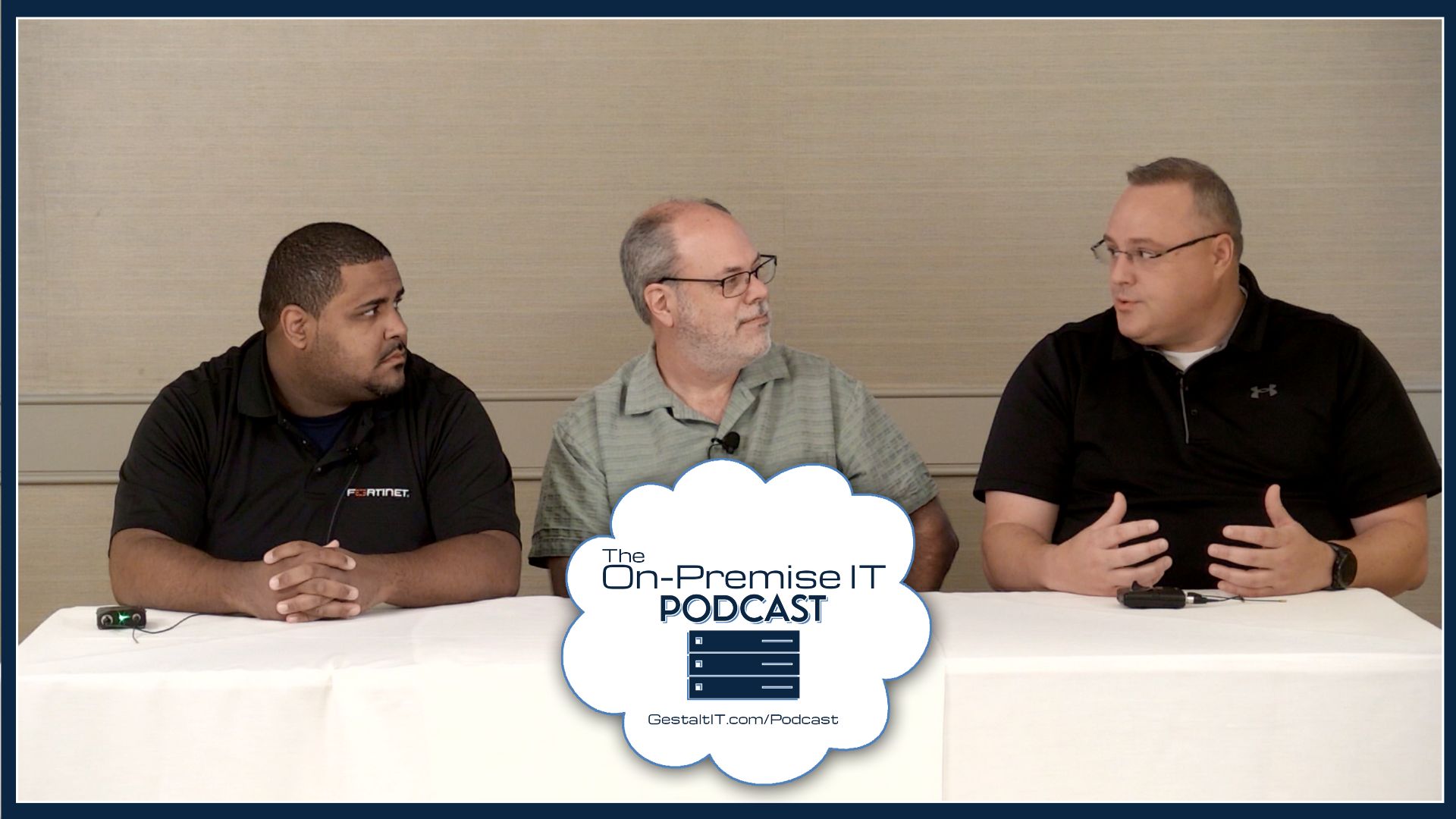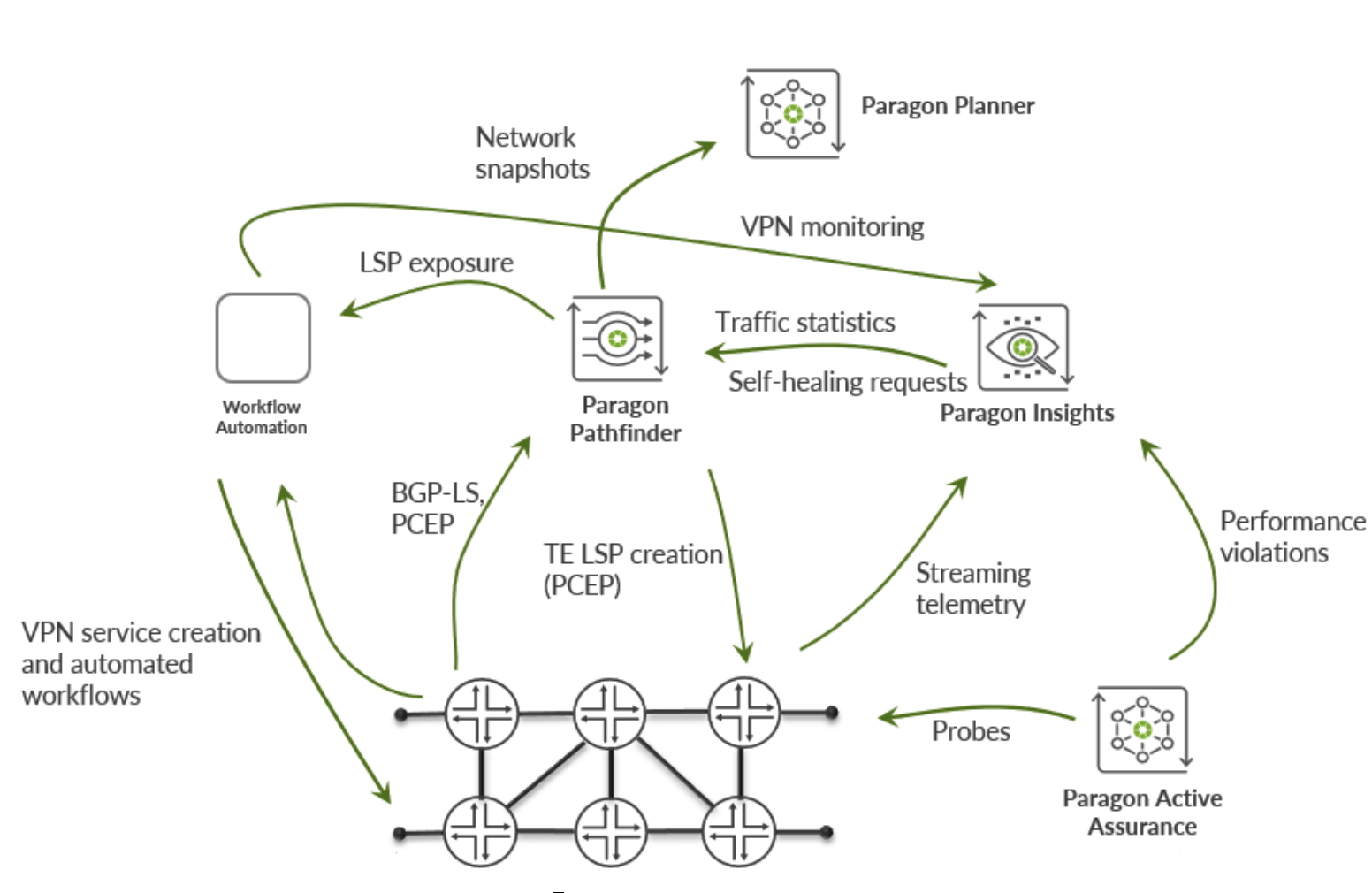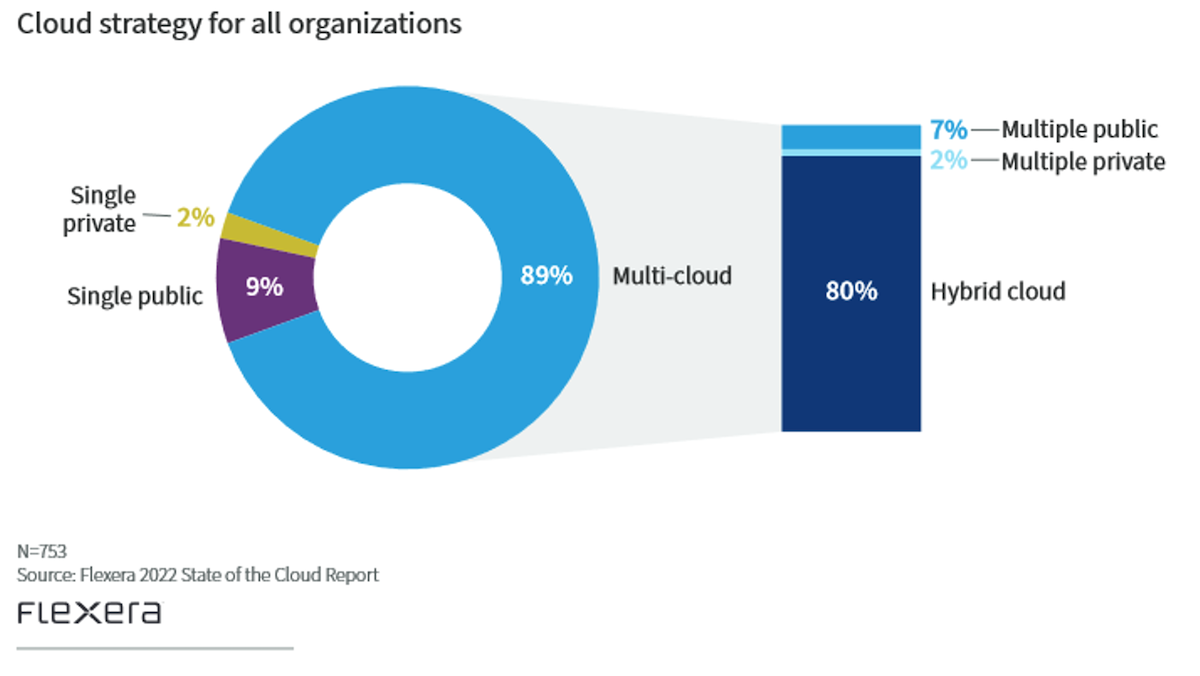In this Tech Talk, John Osmon talks about his experience in the Wireless Internet Service Provider (WISP) space. He mentions the challenges with getting connectivity to remote users. He also discusses the various metrics that define the quality of service that your connection can have and why bandwidth isn’t always the best measure of how “good” your connection might be. He also discusses what the future of smaller ISPs will look like with federal funding and how consumers can ask the right questions to ensure good service to their location.
Connect with John
John Osmon is a consultant and a network designer / coordinator. You can connect with John on Twitter or on LinkedIn and check out his writing on Miscreants in Action.
Transcript:
Tom Hollingsworth: Welcome to Gestalt IT. My name is Tom, and I’m here with my friend John, and we’re talking Tech.
John Osmon: Hi, my name is John. I live in Albuquerque, New Mexico, and I’m having a great time out in the Bay Area. Love coming out here; there’s a lot of fun. We’ve got Labs; we have Labs, that’s about it for real Tech, and they don’t run around a lot of people. But we’re finally starting to get some people that are interested in real networking around the city and the state. Recently, I’ve been working with the State Office of Broadband to try and bring even more into the state, and so at this point in time, we’ve just been playing and trying to figure out what to do next.
Tom: So, John, you have a lot of background in working with service providers, and I think that that’s one of the things that a lot of people that go to Gestalt IT.com may not be familiar with. I mean you have a background in WISPs, right?
I’ve been working with several WISPs over the years and I have a good friend that owns one in Albuquerque, and I help him a lot. It’s one of the places where you really find out that consumers kind of work their way through an evolution of the way that they look at networks. You know, first off you’re out in the middle of nowhere in rural New Mexico or Colorado or Kansas or wherever it happens to be and the first step of the evolution everyone is screaming I want connectivity I want connectivity. They don’t care what it is. If they don’t have anything, they’re happy with dialup, if it doesn’t matter. But the moment they have connectivity, the next thing they yell about is they want better speed and the numbers have to get bigger and bigger and most of them usually stay in that world and that’s okay, but a few of them start to climb into that next level of evolution that I’ve kind of run into where people start to realize that even with the speed they’ve got, their applications don’t work exactly the way that they want and they start to know that there’s things about the network that they don’t know how to talk about and it’s usually things like latency or you know some other pieces that here and there like that really give them the ability to use the applications that are meaningful to them and to use them really well. The types of things we’ve run into are the east mountains around Albuquerque are a long ways away from the labs in Albuquerque. If you use any of the standard providers, if you use Lumen as the big DSL provider and Comcast, Xfinity, but anybody using those services have at least 30 or 40 milliseconds from their house to the VPM concentrators in the lab and the people that jump on the WISPs that scream oh well they only gave me 10 Meg but the people that were smart about it looked at it and said wait a second, I’ve only got four milliseconds into the lab, this is awesome with my PN this is the greatest thing I’ve ever seen in my life.
Tom: So these applications are running in a lab, would that be impacted differently if those applications were running say in a public cloud somewhere that had, like, an access point close by?
John: It could very well, I mean we have a very close 20 miles away in Los Lunas is a Facebook campus that has no direct connectivity into Albuquerque because it’s difficult to get through the reservation land, so there are right-of-way issues and things like that and they’ve really wanted to build straight into Albuquerque. They haven’t had the ability. They actually built an entire fiber line from Los Lunas, New Mexico to Lubbock Texas and it’s just a lot of fun watching people in New Mexico suddenly think wait a second we have somebody here that’s big enough that they just built several hundred miles of fiber just to support the product they’re doing. It was a lot of fun watching.
Tom: And not only that but I’ve seen conversations that people have had like at Nanog and things like that where you see packets to ping pong from one metro area up to another metro area and backdown to another one that’s maybe a few dozen miles away, but simply because there was no way to directly connect those two areas and it was faster to just do this.
John: Absolutely when you get outside of the NFL cities, you end up with a lot of sub-optimal routing between neighbors at times. If they’re if they’re on two different national ISPs, sometimes the closest peering point between those ISPs is you know 6 or 800 miles away. So the latency adds up. You’ve got latency one direction, got to get over whatever they’re doing for peering, God knows if they’ve got enough space to actually appear or not or if they’ve you know, if they’re filling those pipes. And then they have to get all the way back.
Tom: So imagine that I’m a consumer who knows nothing about networking, how would you explain the difference between what latency is versus that big bandwidth number that my company tries to keep telling me is the important one?
John: I tell them to go talk to their kids and ask them about lag and then I give up because it, I’ve had that conversation many times and when it goes well it goes really well but it often goes off the rails when people don’t want to listen or learn enough so that they can find those pieces, that they just want it to work.
Tom: Do you find that in your conversations because you mentioned at the beginning you know you have those those customers that are kind of focused on the speed at first and then maybe the customers who are a little more focused on maybe the quality of the experience. Do those next tier customers kind of start looking at the different various numbers and going well yeah I’m willing to take a little less you know raw speed for maybe a little bit more uptime or a little bit better latency on the link?
John: When they have the ability to choose ISPs? Absolutely but I think that’s one of the great failings we have in the U.S right now is we don’t have very much open access from the standpoint of you know the last mile networks. It’s things like Salt Lake or Utopia has done really well in Utah. If you get a Utopia connection you instantly have access to13 different ISPs and you can convert between them within a day. So if you’re mad at your ISP because you don’t like the way they’re working. You just call in and have them move the pipe and the other end goes to another ISP now just like we used to do in our dial-up days? You got mad at your you got mad at your ISP you just plugged in another phone number and you dialed up the other ISP. It was slow but we didn’t know we didn’t care because it worked back then but it was great to have the plethora of ISPs to choose from.
Tom: And is that because with the Utopia project that the last mile connectivity is not owned by the company that’s providing the service?
John: That is correct, that’s exactly right. When I’ve told people a lot this often I think that if I could wave a magic wand I would turn around and tell people that if you are a infrastructure provider, if you have this the copper or the fiber that I would make a law that precludes you from being an ISP. You do layer one and two but you can’t do layer three. I think it solves a lot of problems from the standpoint of you know the monopolies that we run into and it also you know fixes a lot of network neutrality problems without nitpicky laws. It forces people to say well if I don’t like the way that they’re doing things I can go choose another ISP.
Tom: So how would you recommend that let’s just say we we Implement your Utopia, pun fully intended how would I get the funding to pay for those last mile connections because of course the money has to come from somewhere to run those connections and I mean the the providers are willing to foot the bill now.
John: That’s an interesting question in there and there’s been a number of municipalities that have been trying to fix that on their own. There’s been a number of the electrical co-ops and people like that that are there’s there there are entities out there that are willing to step up and do this if their constituencies ask and the nice part right now we’re in a position with I don’t know if you’re familiar with the bead money that’s coming in from the feds right now, they’re on the order I think it’s 64 billion dollars that were going to all the states I know in New Mexico we have 675million dollars it is basically being funneled into the state and the state has to decide where they’re going to put things and where they’re going to use that money. The guidelines are out there the guidelines are basically to help build out last mile connectivity to individuals houses. They’re looking for unserved and underserved areas right now so there’s some there’s some definitional pieces the FCC have put together. They may not make it the easiest way to say hey let’s go take care of this city because there’s things been broken apart in such odd areas with it in the way that the funding gets done but it’s, this is the piece I’m learning right now. I’ve kind of stepped away from the technical side lately and I’m trying to help more with the policy side because I’m trying to, hope I’m trying to, hope that we can put some of this money into good use and when a friend of mine popped up and said hey you want to help put these things together I said yeah I’ve whined about this long enough I better go try and help.
Tom: So we we’ve seen that the federal government knows that there’s a problem and they really want to provide Broadband access to as many people as possible and we talked about you know in a perfect world we do it like this and we wouldn’t have any problems. Do you think that in a perfect world that we could approach that where we have universal connectivity in the United States?
John: We will approach it just I mean in the same way we approached universal connectivity I mean universal phone service and universal electrical service. There’s always going to be some places that are so far away from things that it’s very difficult to serve them in anyway economically and I think we’ll, I mean, we’re going to get there with broadband as well and but the you know, just like the piece that we keep running into is the idea that the web is only one part of the internet and broadband is just you know the internet is just one part of whatBroadband pushes around. There’s, some of these some of these smaller municipalities are doing really cool things like for folks that can’t afford the connections normally for the internet? They may still have a good connection into the schools so they can actually participate remotely with school you know the teaching and things of that nature. It’s truly amazing what people start thinking about doing when they have the facilities available and so I’m trying to make sure that we can get as many of these facilities in place as possible and I like to see it, I like to see it when anybody can use it the way they want to but a good second best is everybody getting internet access because then they can run over the top and do whatever they need to.
Tom: Awesome, well John thank you for this great conversation I mean I’ve learned a lot about the various challenges that it takes to be a service provider and what different people are looking for and and what growth looks like in the future soI appreciate the conversation.
John: Great, good to be here. Thank you much.
Tom: No problem for those of you out there watching along, if you enjoyed this Tech Talk, we have many great pieces of content like this and other written pieces and a lot of great stuff at gestaltit.com, so please make sure you tune in there and follow along with us and we’ll see you on our next Tech Talk.




